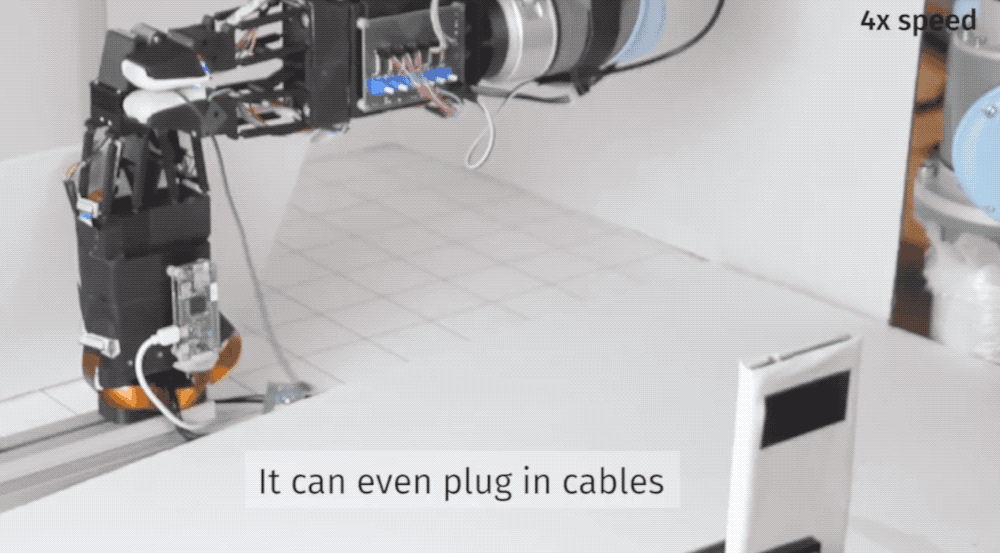In an inspiring fusion of art and science, MIT’s Computer Science and Artificial Intelligence Lab (CSAIL) has unveiled a remarkable innovation: a soft-fingered robotic gripper capable of performing intricate tasks typically reserved for human hands. This groundbreaking project harnesses the dexterity of human fingers to tackle chores like untangling wires, tying knots, and even sewing stitches. So, what does this mean for the field of robotics, and how might it transform various industries? Let’s dive into the details.
Transforming Robotic Manipulation
The CSAIL team’s innovative design revolves around a two-fingered gripper that mimics human manipulation with exquisite sensitivity. The soft pads on the gripper allow it to delicately engage with objects, such as cables and fabric, fostering precision during interaction.
At the heart of this technology lies an extraordinary sensing mechanism called GelSight. By embedding tiny cameras within the soft fingertips, the gripper is equipped to gather high-resolution tactile data. This allows it to continuously monitor the position of items — essential for effective manipulation. The adaptability of the gripper to adjust its grip based on the friction and movement it senses elevates its operational capability significantly.
Real-World Applications
The potential applications of this technology are vast. The CSAIL team demonstrated the gripper’s dexterity by successfully following a USB cable from a random starting point and using a hand-over-hand technique to trace the cable’s end. This could easily be likened to the everyday task of plugging earbuds into a phone, a simple action for humans but a colossal challenge for robots!
- Automotive Industry: A highly promising field for these advancements, automakers can leverage robotic grippers to handle the often repetitive task of wiring and threading cables in vehicles.
- Manufacturing: As industries strive for automation, this technology could minimize human error and enhance efficiency in assembling products.
- Medical Procedures: The prospect of robots performing delicate suturing provides a safe alternative in surgical scenarios where human intervention carries risks.
Enhancing Human Capability
At the core of this project is a vision to augment human labor rather than replace it. By automating repetitive, tedious tasks, robotic grippers can free up human resources for more nuanced and complex responsibilities. This not only enhances productivity but also makes workplaces safer and more innovative.
Looking Ahead
The future looks promising as MIT’s CSAIL team aims to develop this technology further. Exploring collaborative techniques between multiple grippers could lead to enhanced capabilities, such as performing delicate tasks requiring multiple hands. As we progress into an era dominated by intelligent automation, the implications of such innovations will only broaden.
Conclusion
The advancements made by MIT’s CSAIL are a testament to human ingenuity in artificial intelligence and robotics. By focusing on the intricacies of human-based manipulation, these researchers have made strides towards a future where robots can assist in various sectors, smoothing out the complexities of everyday tasks while also enhancing safety. The symbiotic relationship between human workers and robots will likely define the upcoming industrial landscape.
At fxis.ai, we believe that such advancements are crucial for the future of AI, as they enable more comprehensive and effective solutions. Our team is continually exploring new methodologies to push the envelope in artificial intelligence, ensuring that our clients benefit from the latest technological innovations.
For more insights, updates, or to collaborate on AI development projects, stay connected with fxis.ai.

